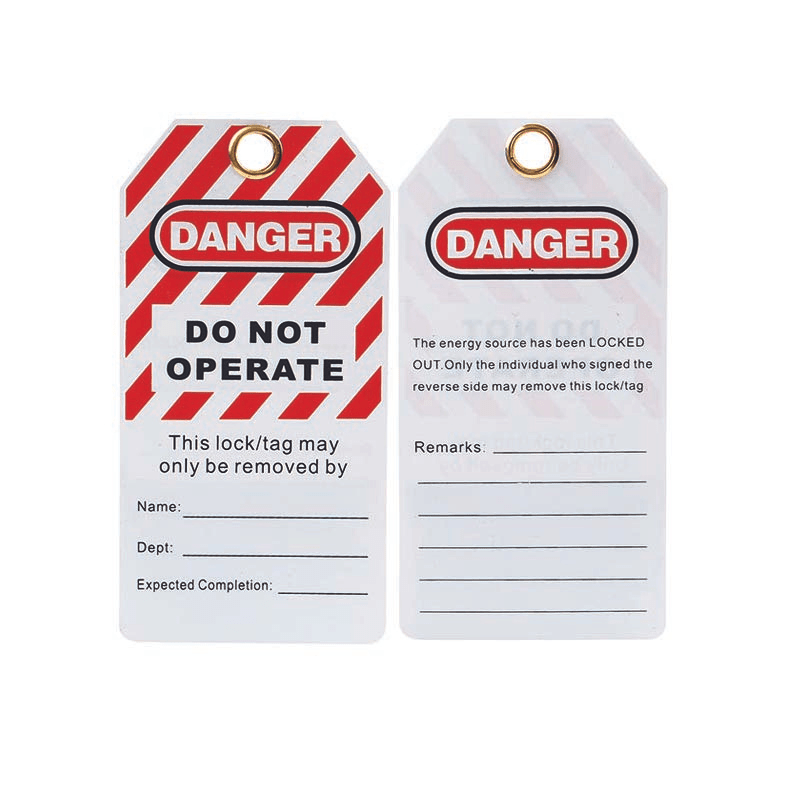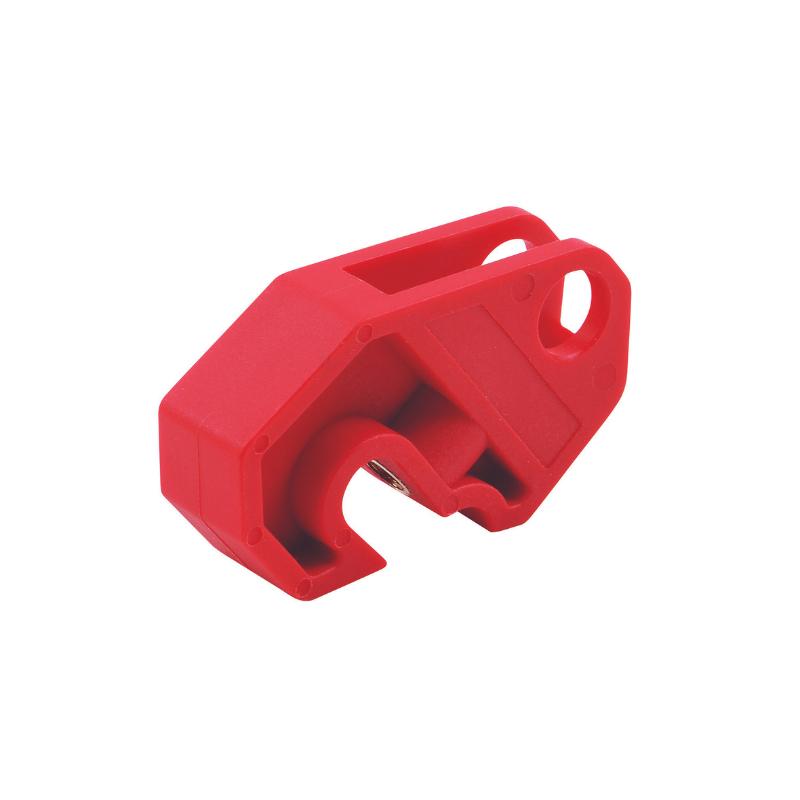The pharmaceutical industry, with its complex machinery and strict regulations, requires stringent safety measures to protect workers and ensure compliance. Lockout Tagout (LOTO) procedures are critical in this context, as they prevent accidents and injuries by ensuring that machinery and equipment are properly shut down and cannot be restarted during maintenance or repair activities. In this comprehensive blog, we will explore the best practices for implementing LOTO in the pharmaceutical industry and provide detailed guidance on selecting the right products for your needs.
The Importance of Lockout Tagout in the Pharmaceutical Industry
The pharmaceutical industry involves a wide range of equipment, including reactors, mixers, centrifuges, and various types of processing and packaging machinery. These machines can pose significant hazards if not properly controlled during maintenance or repair. LOTO procedures are designed to isolate energy sources and secure machinery to prevent accidental startup, thereby protecting workers from serious injuries or fatalities.
Key Benefits of LOTO in Pharmaceuticals:
- Preventing Accidents: Proper implementation of LOTO procedures prevents accidental startup of machinery, which can cause severe injuries or fatalities.
- Compliance with Regulations: Adhering to LOTO standards ensures compliance with occupational safety regulations, avoiding legal penalties and enhancing workplace safety culture.
- Protecting Equipment: LOTO procedures help prevent damage to equipment during maintenance, reducing downtime and repair costs.
- Enhancing Safety Culture: Implementing and adhering to LOTO procedures fosters a culture of safety and responsibility among employees.
Best Practices for Implementing LOTO in the Pharmaceutical Industry
Implementing effective LOTO procedures in the pharmaceutical industry involves several critical steps. Here are the best practices to ensure safety and compliance:
1. Develop a Comprehensive LOTO Program
- Assessment: Conduct a thorough assessment of all equipment and machinery to identify potential energy sources and hazards. This includes electrical, mechanical, hydraulic, pneumatic, chemical, and thermal energy sources.
- Documentation: Develop a detailed LOTO procedure document that outlines the steps for isolating energy sources, applying lockout devices, and tagging equipment. Ensure that this document is easily accessible to all employees.
- Training: Provide comprehensive training to all employees, including maintenance personnel, operators, and supervisors. Training should cover the importance of LOTO, the specific procedures to follow, and the proper use of LOTO devices.
- Regular Audits: Conduct regular audits to ensure compliance with LOTO procedures. Identify and address any gaps or areas for improvement.
2. Select Appropriate LOTO Devices
- Lockout Devices: Choose high-quality lockout devices that are suitable for the specific types of machinery and energy sources in your facility. This includes valve lockouts, circuit breaker lockouts, plug lockouts, and more.
- Tags: Use durable and clearly labeled tags that provide essential information, such as the name of the person who applied the lockout, the date, and the reason for the lockout.
- Padlocks: Select robust and tamper-proof padlocks that can withstand the environmental conditions in your facility. Consider using color-coded padlocks to differentiate between departments or types of energy sources.
3. Establish Clear Procedures for Shutdown and Isolation
- Preparation: Before starting maintenance, ensure that all employees involved are aware of the procedure and understand their roles.
- Shutdown: Follow the manufacturer's instructions to shut down the equipment safely. Ensure that all moving parts have come to a complete stop.
- Isolation: Isolate all energy sources using the appropriate lockout devices. This may involve disconnecting power sources, closing valves, and releasing stored energy.
4. Verify Isolation and Lockout
- Verification: Verify that all energy sources have been effectively isolated and that the machinery cannot be restarted. This may involve trying to restart the equipment using normal controls to ensure it does not operate.
- Secondary Verification: Consider implementing a secondary verification process, where another trained employee checks the isolation and lockout steps to ensure completeness.
5. Communicate and Tag Out
- Communication: Inform all affected employees about the maintenance activity and the lockout procedure in place. Clear communication helps prevent accidental attempts to restart the machinery.
- Tag Out: Attach tags to the lockout devices, providing essential information about the lockout. Ensure that the tags are visible and legible.
6. Maintain and Inspect LOTO Equipment
- Regular Inspections: Conduct regular inspections of LOTO equipment to ensure that they are in good working condition. Replace any damaged or worn-out devices immediately.
- Record Keeping: Maintain detailed records of all lockout procedures, including the equipment involved, the personnel responsible, and the duration of the lockout.
Case Study: Successful LOTO Implementation in a Pharmaceutical Facility
To illustrate the importance and effectiveness of LOTO procedures in the pharmaceutical industry, let's consider a case study of a pharmaceutical manufacturing facility that successfully implemented a comprehensive LOTO program.
Background:
The facility, which produces various pharmaceutical products, faced challenges with maintaining equipment safety during maintenance activities. Several near-miss incidents highlighted the need for a robust LOTO program.
Steps Taken:
- Assessment and Planning: The facility conducted a thorough assessment of all equipment and identified potential energy sources and hazards. A detailed LOTO procedure document was developed, outlining the steps for isolating energy sources and applying lockout devices.
- Training: Comprehensive training sessions were conducted for all employees, focusing on the importance of LOTO, specific procedures, and the proper use of LOTO devices.
- Selection of Devices: High-quality lockout devices, tags, and padlocks were selected based on the specific needs of the facility. Color-coded padlocks were used to differentiate between departments.
- Implementation: The facility implemented the LOTO procedures, ensuring that all maintenance activities were carried out safely. Regular audits were conducted to ensure compliance and identify areas for improvement.
- Verification: A secondary verification process was established, where another trained employee checked the isolation and lockout steps to ensure completeness.
Results:
The implementation of the LOTO program significantly improved safety in the facility. No incidents or near-misses related to accidental startup of machinery were reported after the program was implemented. The facility also reported increased employee awareness and adherence to safety protocols.
Conclusion
Implementing effective Lockout Tagout (LOTO) procedures in the pharmaceutical industry is essential for ensuring the safety of workers and compliance with regulations. By developing a comprehensive LOTO program, selecting appropriate lockout devices, and providing thorough training, pharmaceutical facilities can prevent accidents and injuries, protect equipment, and foster a culture of safety.
At The Lock Box, we offer a wide range of high-quality lockout devices, padlocks, and tags to meet your LOTO needs. Explore our products to find the best solutions for your facility:
For more information on implementing a successful LOTO program in your facility, or to get assistance with selecting the right products, contact us at The Lock Box.
By prioritizing LOTO procedures and investing in the right tools and training, pharmaceutical facilities can enhance workplace safety, ensure regulatory compliance, and maintain smooth and efficient operations.



